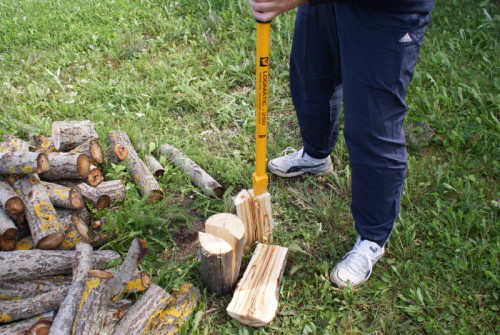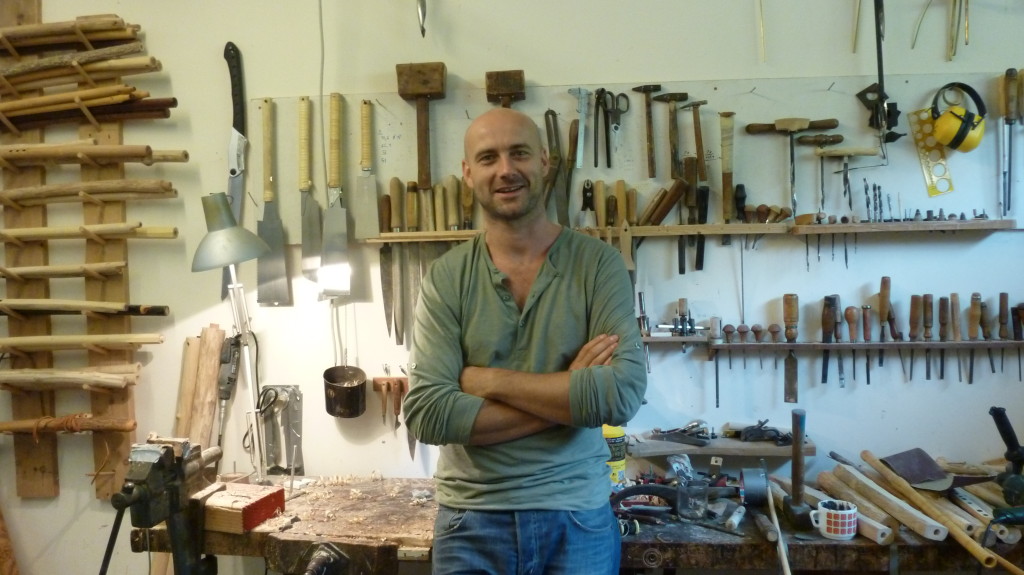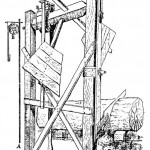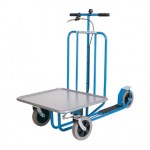The Finnish Leveraxe is maybe not the most revolutionary alternative to the traditional axe, writes reader Guy Verrijdt. The Logmatic Wedge Axe from New Zealand splits wood more safely and ergonomically than an axe. This video shows how it works. The tool combines elements of splitting wedges and slide hammers. There are more brands available.
21st Century Craftsmen: Winne Clement, Flutemaker
The fujara is a long 3-holed fipple flute played in standing position with the flute held close to the body. It’s played using the natural harmonics system, which means the different tones are played by controlling the strength of inblown air. Using only three holes, the diatonic major scale can be reached playing two and a half octaves. Due to the natural harmonics the tuning will always be a compromise, but Belgian flutemaker and musician Winne Clement puts a great deal of effort in tuning and balancing the tones, in such a way that playing together with Western tuned instruments is possible.
All his flutes are made of harvested branches of local inland wood such as ash, elder, maple, hazle, etc. The wood is carefully chosen and cut in winter time – with respect for the environment, not damaging the donating trees – and put to dry for a long period of time. When making the flute the wood is never split in half to hollow it out, but hand-drilled with special old forged drills, leaving the main structure of the wood intact, benefiting the sound, and following the natural curves of the wood. No Tech Magazine visits Winne Clement in his studio in Ghent, where he explains us his tools and methods. [Read more…]
Turning the Soil with a Bicycle Handlebar
The agricultural tool shown in this video is pure genius. However, as some readers on our Facebook-page have noted, turning the soil disrupts soil organisms and brings more weeds. Another human-powered tool, the broadfork, loosens the soil without turning it. Thanks to Jean Armstrong Nick and Austin Liu.
The Axe Has Been Reinvented
“Chopping firewood with traditional axes is often a laborious and even dangerous task. There is always the risk of hitting your own leg with the axe. From this imperfect situation began the pursuit to develop a better axe. It took several years, thinking and testing different exotic methods of chopping wood that were available for purchase at the time, before the idea was born. The traditional axe uses a wedge-shaped head to split the wood, but could this mechanism be improved by using leverage? From this idea the new axe was born, the Leveraxe.
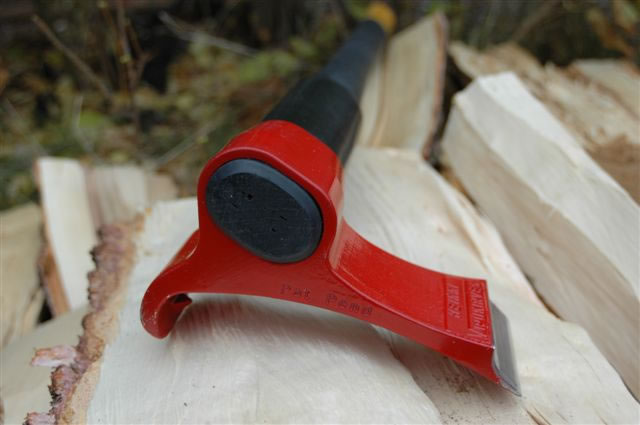
The operational principle of the Leveraxe is totally different from the traditional axe. Upon hitting the top of the log and penetrating it slightly, the leading edge of the axe head begins to slow down. Where the axe blade widens sharply it stops the axe’s penetration. However, the mass of the axe head still has kinetic energy and the off line center of gravity forces it to rotate eccentrically down towards the wood. This rotational movement causes the leading edge, or sharp edge of the blade to turn in a lever action, forcing a split with all the force of the kinetic energy of the axe multiplied by the leverage of the axehead. The widening blade edge also has a benefit in that it helps to prevent the axe from penetrating into the wood and getting stuck there as is often the case with traditional axes.
The 1.9kg axe head has a significant amount of kinetic energy when it begins the rotational movement. While the centre of gravity of the head continues first to the right and then downwards the edge moves in a rotational direction to the left. This movement uses the rotational torque to split a log and push it away from the wood. In total the edge opens the wood by 8 cm. When the axe has rotated sideways it has used most of its energy and ends on top of the log on the in a sideways fashion. This safety feature ensures that the axe does not continue towards your legs and the axe remains totally in control. In addition, the axe holds the log steady on the chopping block ready for the next swing.”
The Finnish Leveraxe. Via Boing Boing and Hackernews. Thanks to Thomas Varney and Brice Waegenire.
Hand Powered Sawing Machine (1886)
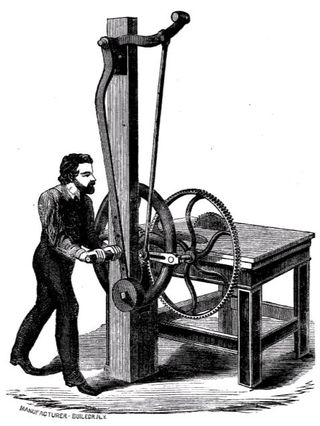 “In the science and practice of mechanics, there are well-known devices which are used as reservoirs of power, among which may be mentioned adjustable and automatically moving weights, the swing of the pendulum, and the continued rotation of the balance wheel, when once put in motion. The machine shown in the accompanying engraving is an illustration of the adaptation of means to an end. It is a hand-sawing machine, carrying a circular saw, which may be run by the power of one man or even a stout boy.”
“In the science and practice of mechanics, there are well-known devices which are used as reservoirs of power, among which may be mentioned adjustable and automatically moving weights, the swing of the pendulum, and the continued rotation of the balance wheel, when once put in motion. The machine shown in the accompanying engraving is an illustration of the adaptation of means to an end. It is a hand-sawing machine, carrying a circular saw, which may be run by the power of one man or even a stout boy.”
“The ease of running the machine and the rapidity of its work are truly
surprising. A full-sized machine can be run by a workman with one hand,
while another can with ease drive the saw through hard, seasoned plank
four inches thick. Altough this machine is represented as being
exclusively used for sawing, the principle is capable of being extended
and applied in various ways, and may be used wherever power is needed;
for instance, to run gigsaws, lathes, boring-machines, mining-drills,
printing presses, and the like.”
“The power is applied, as seen, by means of a long pendulum lever swung back and forth, and having attached to its short arms, at the top, a pitman, connected at its other end with a wrist-pin on a balanced gear. This gear meshes with a pinion on the saw-arbor, which also carries a balance-wheel intended to equalize the motion. These are the principal parts of the machine, which is very simple, and not liable to become deranged. If only one man operates the machine, where little power is required, a treadle is attached to the saw-frame, its pitman being attached to the crank of the flywheel. This can be instantly unhooked, as when two persons are at work, one being engaged in the propelling the saw by the pendulum-lever, and the other guiding the stuff to be sawn.”
Quoted from: The Manufacturer and Builder Volume 0001 Issue 2 (February 1869).
Lifting Tool for Carrying Plant Containers
 The tool shown here was designed for use in outdoor nurseries specializing in ornamental and bedding plants. At nurseries in California where it was tested, it reduced workers’ forward bending angle by as much as 47%.
The tool shown here was designed for use in outdoor nurseries specializing in ornamental and bedding plants. At nurseries in California where it was tested, it reduced workers’ forward bending angle by as much as 47%.
The time spent working at a forward-bent angle of more than 20 degrees was reduced by nearly half. Hand gripping effort was reduced by more than half. Lifting strain was reduced by 40%.
Workers reported less work-related pain when using the handles, and those who had the most severe symptoms at the start reported the most improvement.
